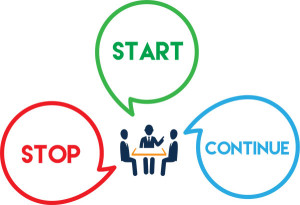We all know about making New Year’s Resolutions at the beginning of the year. Some of us even do it thinking that this will be the year those resolutions will magically turn into personal commitments we actually honor over time and accomplish throughout the year! Many of us though don’t even bother making resolutions because we know they have no staying power to them and that we aren’t going to create the new habits required to sustain them over time.
That’s why I’m not a big fan of New Year’s Resolutions. The very definition of a resolution is that it is an intention or decision that is made through some kind of formal voting process, like in an organization or by a legislative body. That isn’t what happens on New Year’s Day when someone decides that he/she is going to lose 10 pounds though. Or perhaps it’s getting that new job he/she has been talking about for several years. That’s not even what people would want to happen if they were more intentional about it. Instead, what people want is to declare a personal goal or objective that will inspire them to take different actions in the year ahead.
If you’re looking for different – and presumably even better – results in 2016, doesn’t it make sense that you may need to act a little differently in 2016? We all know that doing the same thing over and over again and expecting different results is how Albert Einstein defined insanity. So let’s not be insane this year. Let’s make some personal commitments around doing things differently to produce some phenomenal results and accomplish whatever we set out to achieve!
















